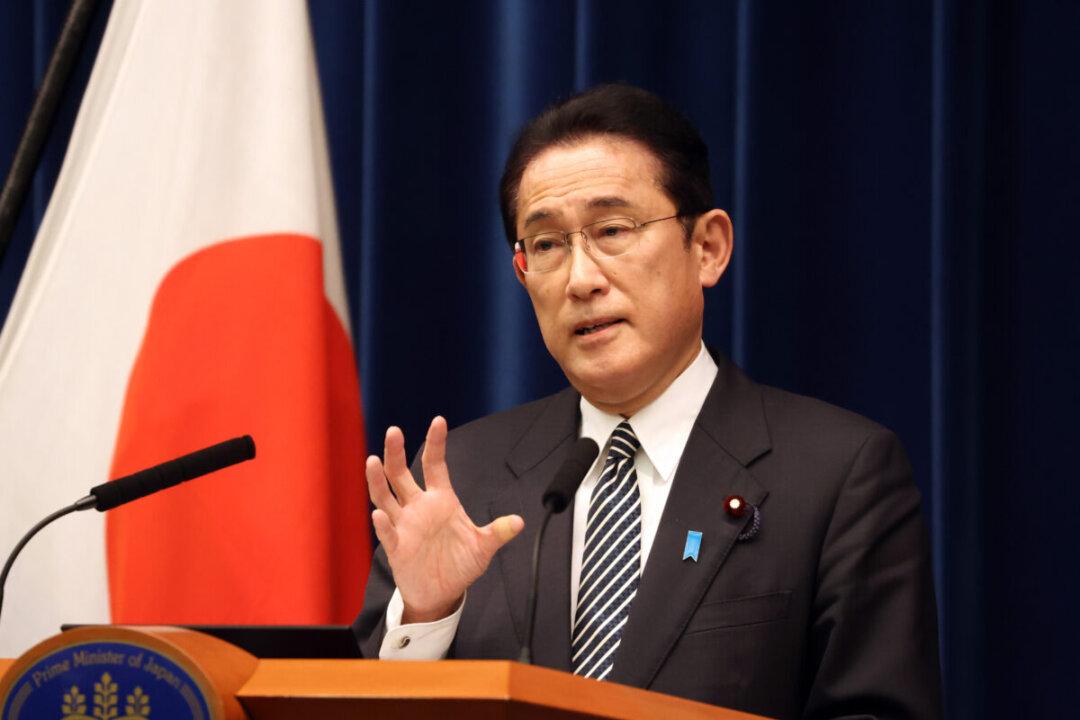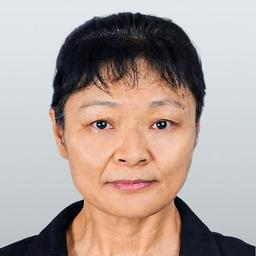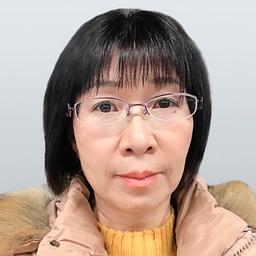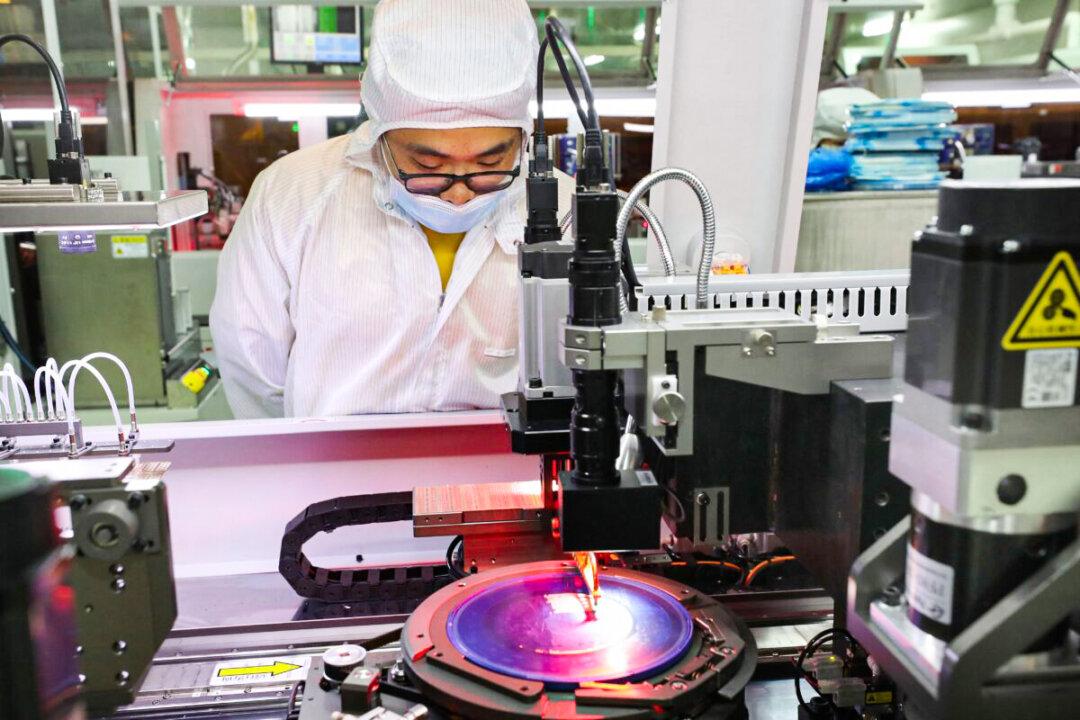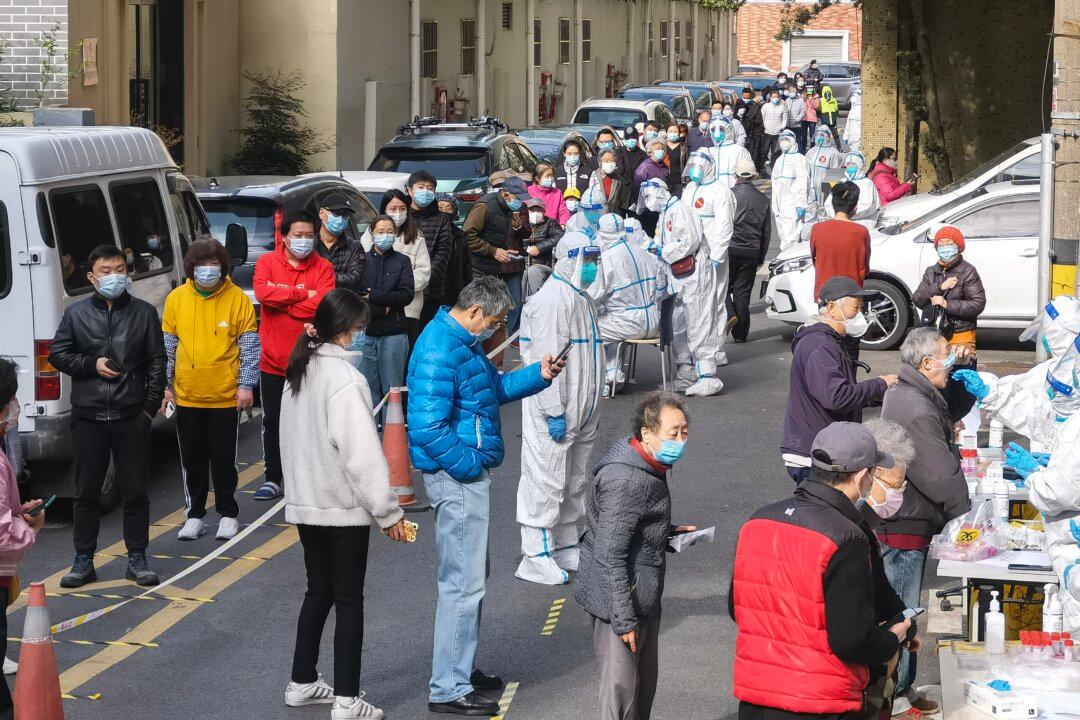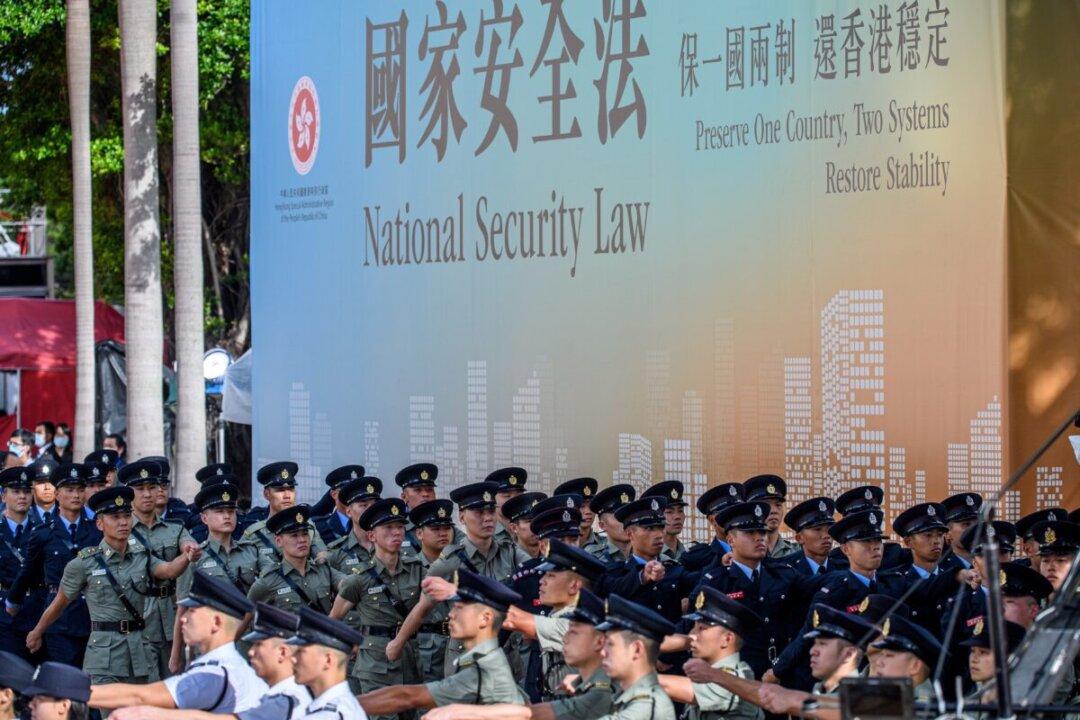News Analysis
Japan’s long-term aid to China will end in March this year. The official aid, covering finance, technology, and training, gave a much-needed boost to China’s economic growth over 40 years, which, regrettably, the communist ruling regime concealed from the Chinese people and moved the country even further from democracy and freedom, experts said.
